Home>Garden Essentials>How Deep Should I Cover My Kids Play Area In Mulch
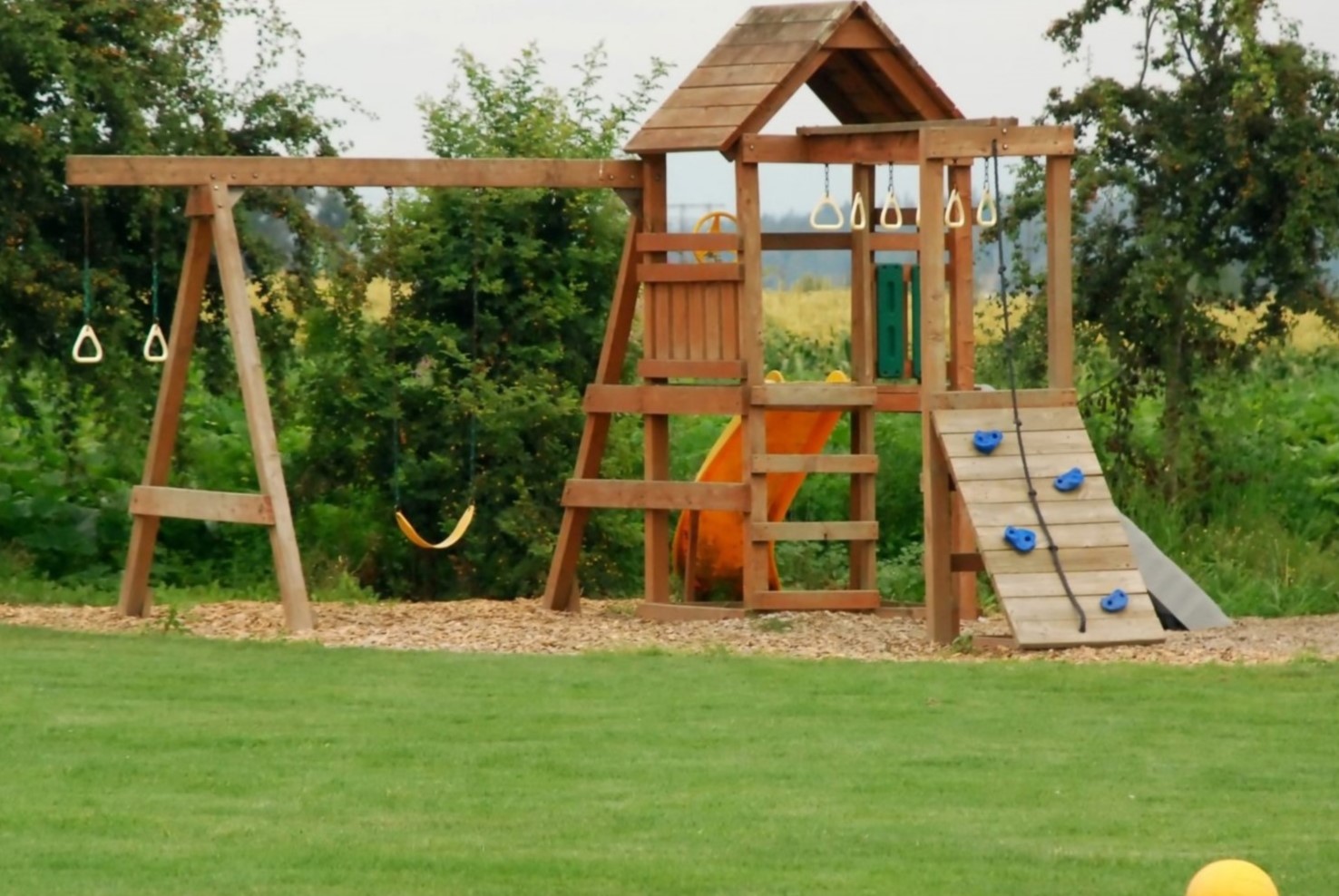

Garden Essentials
How Deep Should I Cover My Kids Play Area In Mulch
Modified: October 20, 2024
Find out the optimal depth for mulch in your garden play area to ensure the safety of your children. Expert tips on covering kids' play areas with mulch.
(Many of the links in this article redirect to a specific reviewed product. Your purchase of these products through affiliate links helps to generate commission for Storables.com, at no extra cost. Learn more)
Introduction
Creating a safe and enjoyable play area for kids is a top priority for parents and caregivers. One crucial aspect of establishing a safe play environment is determining how to cover the ground surface. One popular option for ground cover in kids’ play areas is mulch. Mulch not only provides a cushioning effect to protect against falls but also helps to prevent weed growth and moisture retention.
However, the question arises: how deep should you cover your kids’ play area in mulch? Determining the appropriate depth of mulch coverage is essential to ensure the safety and functionality of the play space. In this article, we will explore the pros and cons of using mulch in a kids’ play area, factors to consider when determining the depth of mulch coverage, and recommended guidelines for different types of play equipment. Let’s dive in!
Key Takeaways:
- When covering a kids’ play area with mulch, consider factors like age, play equipment, and local regulations to determine the right depth. This ensures a safe and fun environment for children to play.
- Maintaining mulch in a play area is crucial for safety. Regular inspection, proper drainage, and replenishing mulch as needed help create a secure and enjoyable space for kids to play.
Read more: How Big Should My VR Play Area Be
Pros and Cons of Using Mulch in a Kids Play Area
Using mulch as ground cover in a kids’ play area offers numerous benefits, but it is also important to be aware of the potential drawbacks. Let’s take a closer look at the pros and cons:
Pros:
- Cushioning effect: Mulch provides a soft and cushioned surface that helps absorb the impact of falls, reducing the risk of injuries. It acts as a natural shock absorber, making it an excellent choice for play areas.
- Weed control: Mulch helps suppress weed growth, minimizing the need for chemical weed control methods. This creates a cleaner and safer play area for children.
- Moisture retention: Mulch helps to retain moisture in the soil, preventing it from drying out quickly. This helps keep the play area cooler during hot weather and reduces the risk of dust and dirt being kicked up during play.
- Environmentally friendly: Mulch is typically made from natural materials such as wood chips or shredded bark, making it an eco-friendly choice for ground cover. It can also break down over time, enriching the soil in the play area.
- Aesthetically pleasing: Mulch comes in various colors and textures, allowing you to create a visually appealing play area. It can complement other design elements and landscaping features.
Cons:
- Maintenance: Mulch requires occasional raking or replenishing to maintain its desired depth and appearance. This may add to the maintenance workload of the play area.
- Attracting pests: Mulch can attract pests such as insects, rodents, and termites. Regular inspection and pest control measures may be necessary to prevent infestations and ensure the safety of the play area.
- Cost: Depending on the type of mulch chosen, it can be more expensive than alternative ground cover options. Factors such as the size of the play area and the desired depth of mulch coverage can influence the overall cost.
- Compaction: Over time, mulch can become compacted, reducing its cushioning effect. Regular fluffing or adding fresh mulch may be required to maintain its optimal safety benefits.
Considering the pros and cons can help you make an informed decision about using mulch as ground cover in your kids’ play area. Next, let’s explore the factors that should be taken into account when determining the depth of mulch coverage.
Factors to Consider When Determining the Depth of Mulch Coverage
Deciding on the appropriate depth of mulch coverage in a kids’ play area is crucial for ensuring safety and optimal functionality. The following factors should be taken into consideration when determining the depth:
Age and Fall Height:
The age of the children using the play area and the potential fall height are significant factors to consider. Younger children who are closer to the ground and have a lower center of gravity may require less mulch depth. Older children, who may engage in more physical and adventurous play, may require a greater depth of mulch to absorb potential falls.
Play Equipment Requirements:
The specific play equipment installed in the play area also affects the depth of mulch coverage. Some equipment, such as swings and slides, have designated fall zones. These fall zones typically require a greater depth of mulch to provide adequate protection. Refer to the manufacturer’s guidelines or consult with a playground safety professional to determine the recommended mulch depth for the specific play equipment.
Impact Attenuation:
Consider the impact attenuation properties of the mulch material. The higher the fall height, the greater the need for mulch that provides sufficient impact absorption. Different types of mulch vary in their impact attenuation capabilities, so it is essential to choose a mulch material that meets the safety requirements for your play area.
Drainage and Moisture Retention:
Consider the drainage properties of the mulch and the moisture retention needs of the specific play area. Mulch that retains moisture can help keep the play area cool and reduce the risk of dust and dirt being kicked up during play. However, excessively damp mulch can become a breeding ground for pests and may require more maintenance.
Local Regulations and Standards:
Check the local regulations and standards for play area safety in your area. Some jurisdictions may have specific guidelines regarding the minimum and maximum depth of mulch coverage. Ensure that your mulch depth meets or exceeds these requirements to maintain compliance.
By considering these factors, you can determine the optimal depth of mulch coverage for your kids’ play area, promoting safety and enjoyment for all who utilize the space. Next, let’s explore the recommended depth of mulch coverage for different types of play equipment.
Recommended Depth of Mulch Coverage for Different Types of Play Equipment
When it comes to the depth of mulch coverage in a kids’ play area, the specific type of play equipment installed plays a significant role. Here are the recommended depths for different types of play equipment:
Swings:
For swings, it is recommended to have a 9 to 12-inch depth of mulch throughout the entire swing set area. This depth provides adequate cushioning in the event of a fall from a swinging motion.
Slides:
Slides typically have specific fall zones that require a deeper layer of mulch. The recommended depth for slide fall zones is 6 to 7 feet in all directions of the slide exit. Beyond the fall zone, a minimum of 6 inches of mulch should be provided for additional safety.
Climbing Structures:
For climbing structures such as jungle gyms, playsets, and climbing walls, it is recommended to have a minimum of 6 to 12 inches of mulch depth throughout the play area. This depth allows for sufficient impact absorption in case of falls during climbing activities.
Spring Riders:
Spring riders, which are commonly found in playgrounds, should have a minimum of 6 inches of mulch coverage around the base and in the fall zone of the rider. This depth helps absorb the impact if a child falls off the rider.
Balance Beams and Stepping Stones:
For balance beams and stepping stone structures, a minimum of 3 to 6 inches of mulch depth should be provided. These structures often have a lower fall height, so a slightly shallower layer of mulch can still offer adequate protection.
Sandbox Areas:
In sandbox areas, it is recommended to use sand instead of mulch for ground cover. Sand provides a soft surface and allows for creative play. Ensure that the sand depth is at least 8 to 12 inches to ensure proper cushioning.
Remember, these recommended depths are general guidelines. Always refer to the manufacturer’s specifications or consult with a certified playground safety expert to determine the appropriate mulch coverage depth for the specific play equipment in your kids’ play area.
Now that we’ve covered the recommended depths for different types of play equipment, let’s move on to discussing safety guidelines for maintaining the mulch in a kids’ play area.
Read more: What Should Be In The Dramatic Play Area
Safety Guidelines for Maintaining the Mulch in a Kids Play Area
Ensuring the safety of the mulch in a kids’ play area goes beyond just determining the appropriate depth. Regular maintenance and adherence to safety guidelines are essential. Here are some important guidelines to follow:
Inspect and Rake:
Regularly inspect the mulch for any foreign objects, debris, or potential hazards. Remove any sharp objects, glass, or large stones that may have found their way into the play area. Rake the mulch regularly to redistribute it evenly and maintain its desired depth and coverage.
Monitor Mulch Depth:
Periodically check the depth of the mulch to ensure it meets the recommended guidelines for the specific play equipment. Over time, the mulch may settle or be displaced due to children’s play. Add additional mulch as needed to maintain the desired depth for optimal safety.
Address Compacted Areas:
Mulch can become compacted in high-traffic areas or under play equipment. Fluff or loosen any compacted areas by raking or turning the mulch with a garden fork. This helps maintain the cushioning properties of the mulch and ensures consistent protection.
Control Weed Growth:
Regularly inspect the mulch for any weed growth. Pull out any weeds or use an appropriate weed control method to prevent them from overtaking the play area. This not only keeps the area visually appealing but also minimizes potential hazards.
Maintain Proper Drainage:
Ensure that the mulch allows for proper drainage to prevent excessive moisture retention. Excessively wet mulch can become a breeding ground for pests and may lead to rotting or decay. If needed, adjust the drainage in the play area or consider using a mulch material with better drainage properties.
Address Pest Control:
Regularly inspect the mulch for signs of pest infestations, such as insects, rodents, or termites. If necessary, employ appropriate pest control measures to eliminate any potential risks and maintain a safe play environment.
Replenish Mulch as Needed:
Over time, the mulch may break down or get displaced due to weather conditions and children’s play. Check the mulch regularly and replenish it as needed to maintain the desired depth and cushioning effect.
By following these safety guidelines for mulch maintenance, you can ensure a safe and enjoyable play environment for children. Now, let’s wrap up our discussion.
Conclusion
Creating a safe and inviting play area for kids involves careful consideration of the ground cover. Mulch is a popular choice for its cushioning effect, weed control, moisture retention, and eco-friendly nature. However, determining the appropriate depth of mulch coverage is essential to maximize its benefits.
In this article, we explored the pros and cons of using mulch in a kids’ play area. We discussed the factors to consider when determining the depth of mulch coverage, such as age and fall height, play equipment requirements, impact attenuation, drainage, moisture retention, and local regulations.
We also provided the recommended depth of mulch coverage for different types of play equipment, including swings, slides, climbing structures, spring riders, balance beams, stepping stones, and sandbox areas. These guidelines help ensure adequate protection for children during play.
Furthermore, we discussed safety guidelines for maintaining the mulch in a kids’ play area. Regular inspection, raking, monitoring of mulch depth, addressing compacted areas, weed control, proper drainage, pest control, and replenishing mulch as needed are essential practices to uphold a safe play environment.
Remember, always prioritize the safety of children when it comes to a play area. Consider the specific needs and recommendations for your particular space and follow professional advice when necessary.
By taking into account these considerations and guidelines, you can create a play area that not only provides a safe and enjoyable experience for kids but also enhances the overall aesthetic appeal of your outdoor space.
So, go ahead and create a vibrant and inviting play area for your little ones with the right depth of mulch coverage. They will be able to play with confidence, and you will have peace of mind knowing that their safety is well taken care of.
Frequently Asked Questions about How Deep Should I Cover My Kids Play Area In Mulch
Was this page helpful?
At Storables.com, we guarantee accurate and reliable information. Our content, validated by Expert Board Contributors, is crafted following stringent Editorial Policies. We're committed to providing you with well-researched, expert-backed insights for all your informational needs.
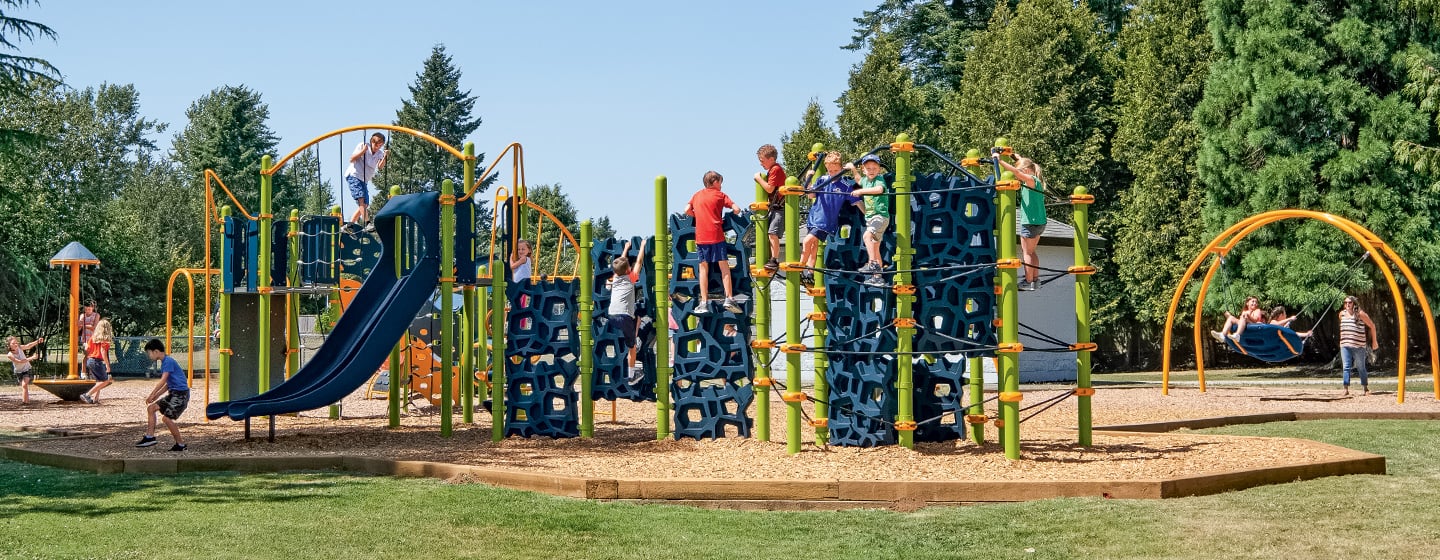
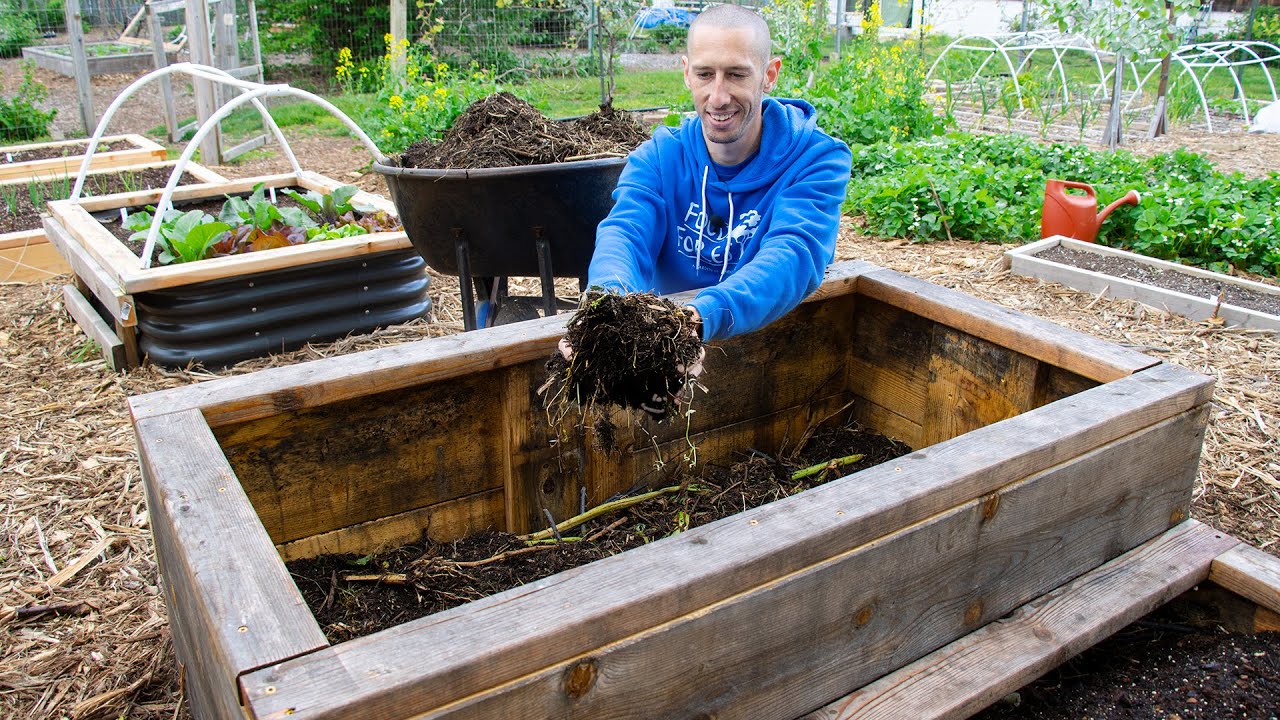
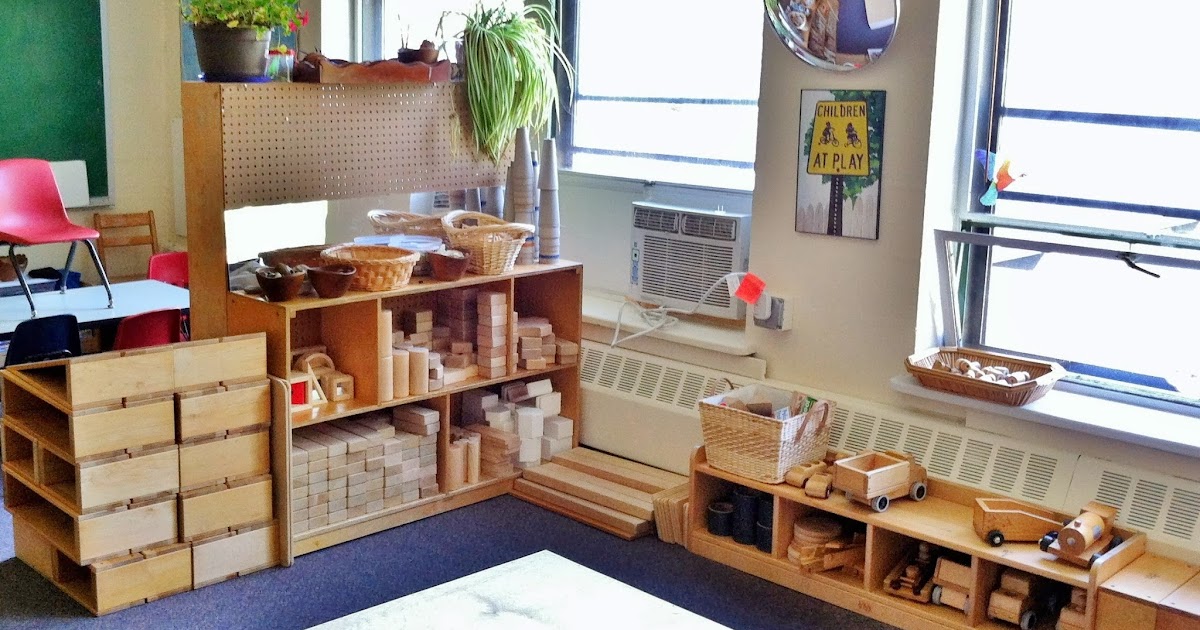
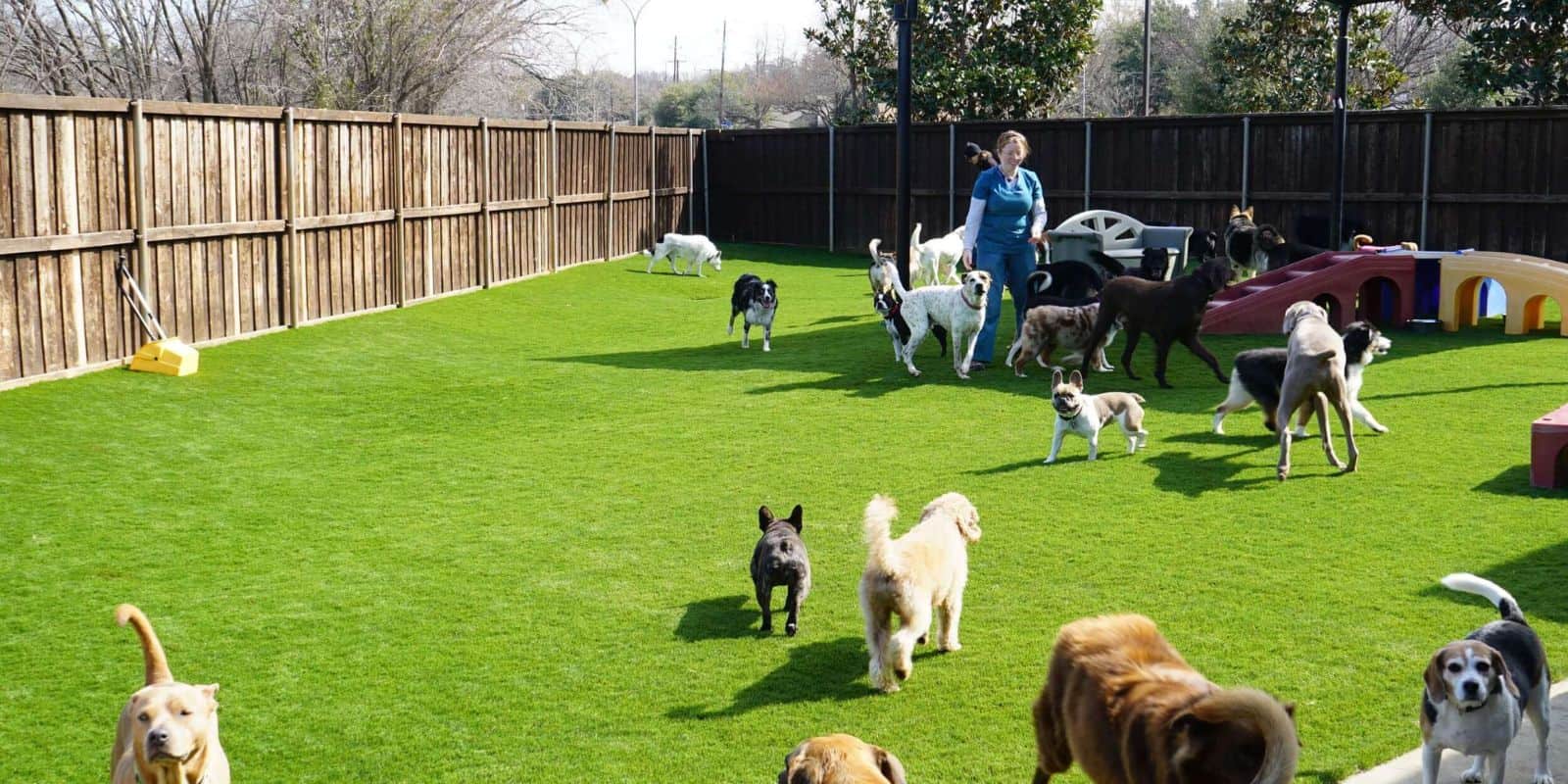
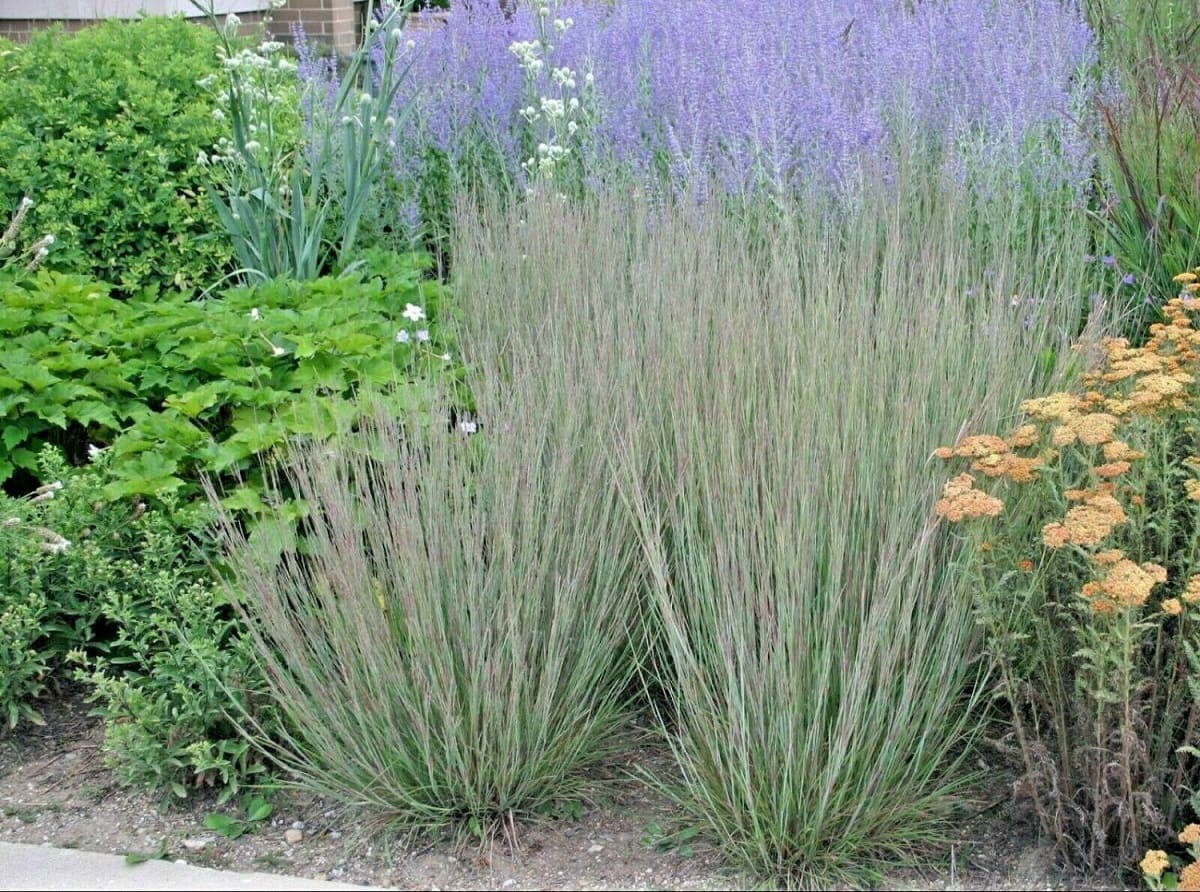
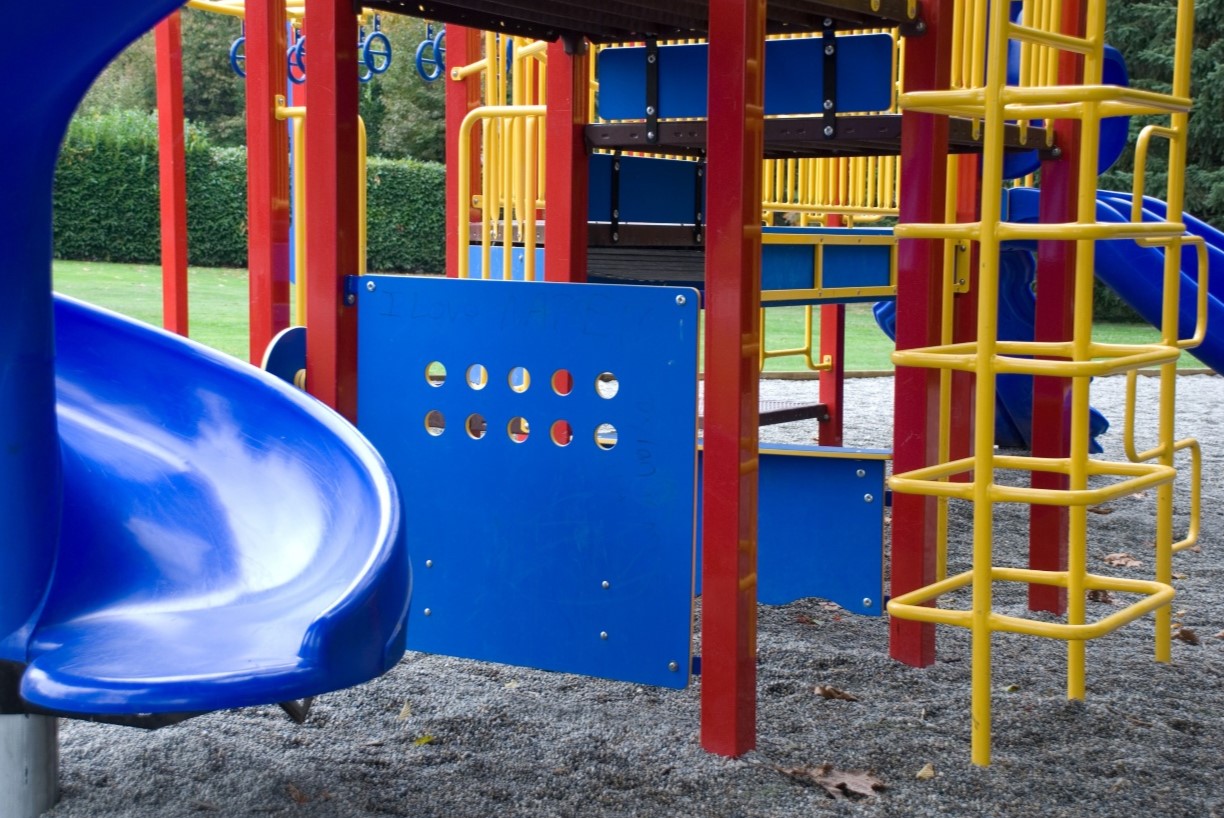
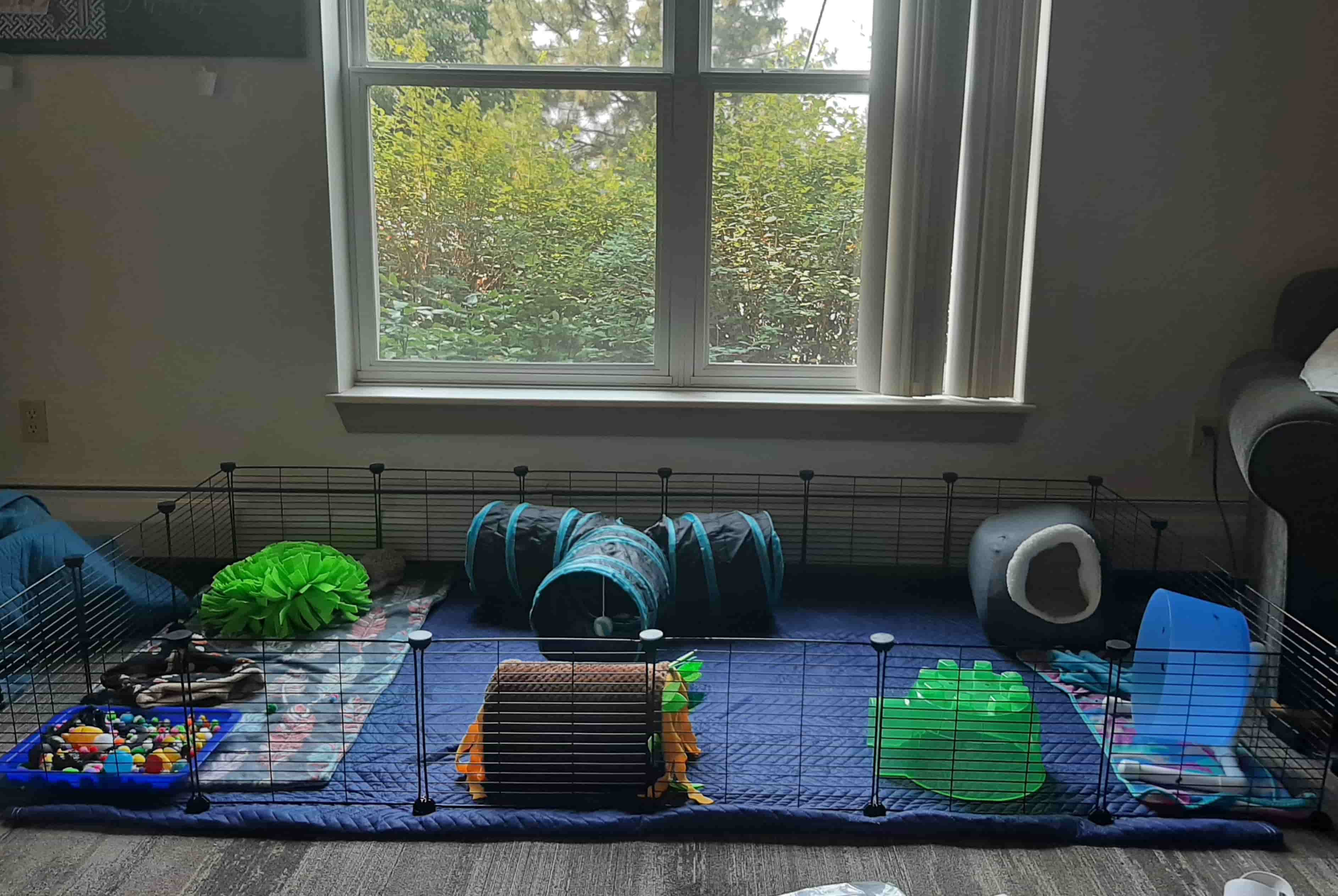
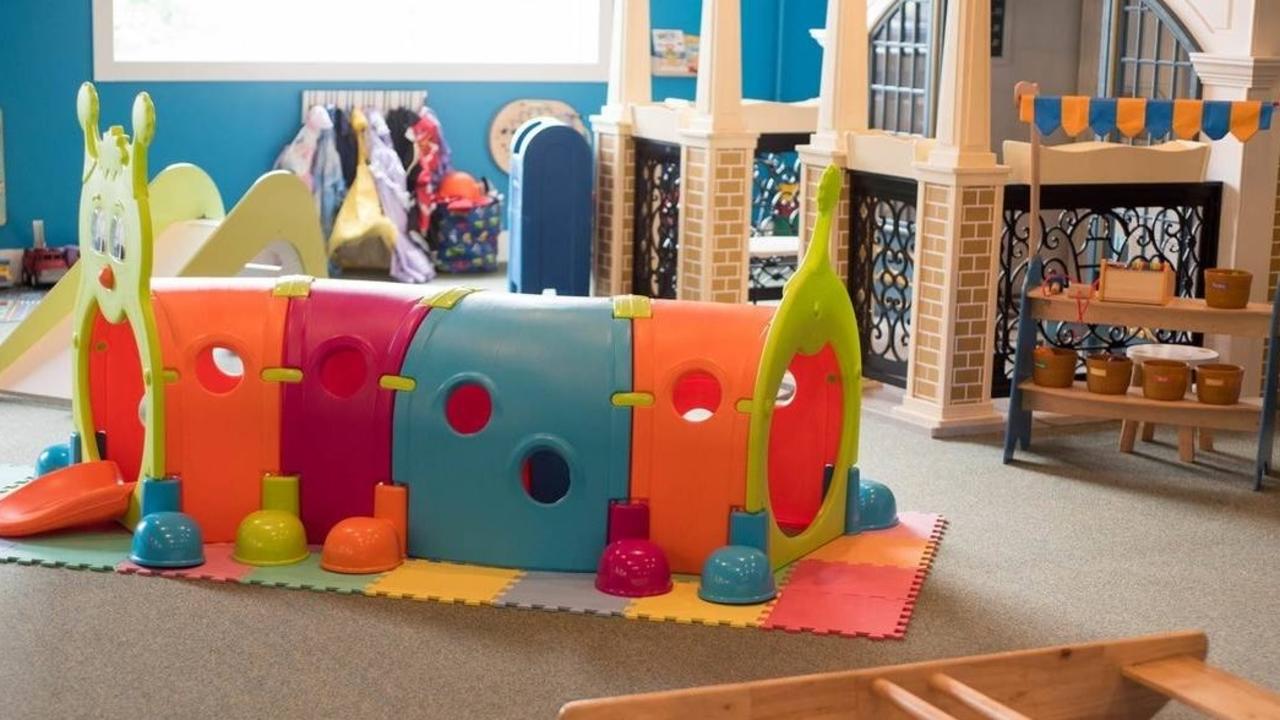
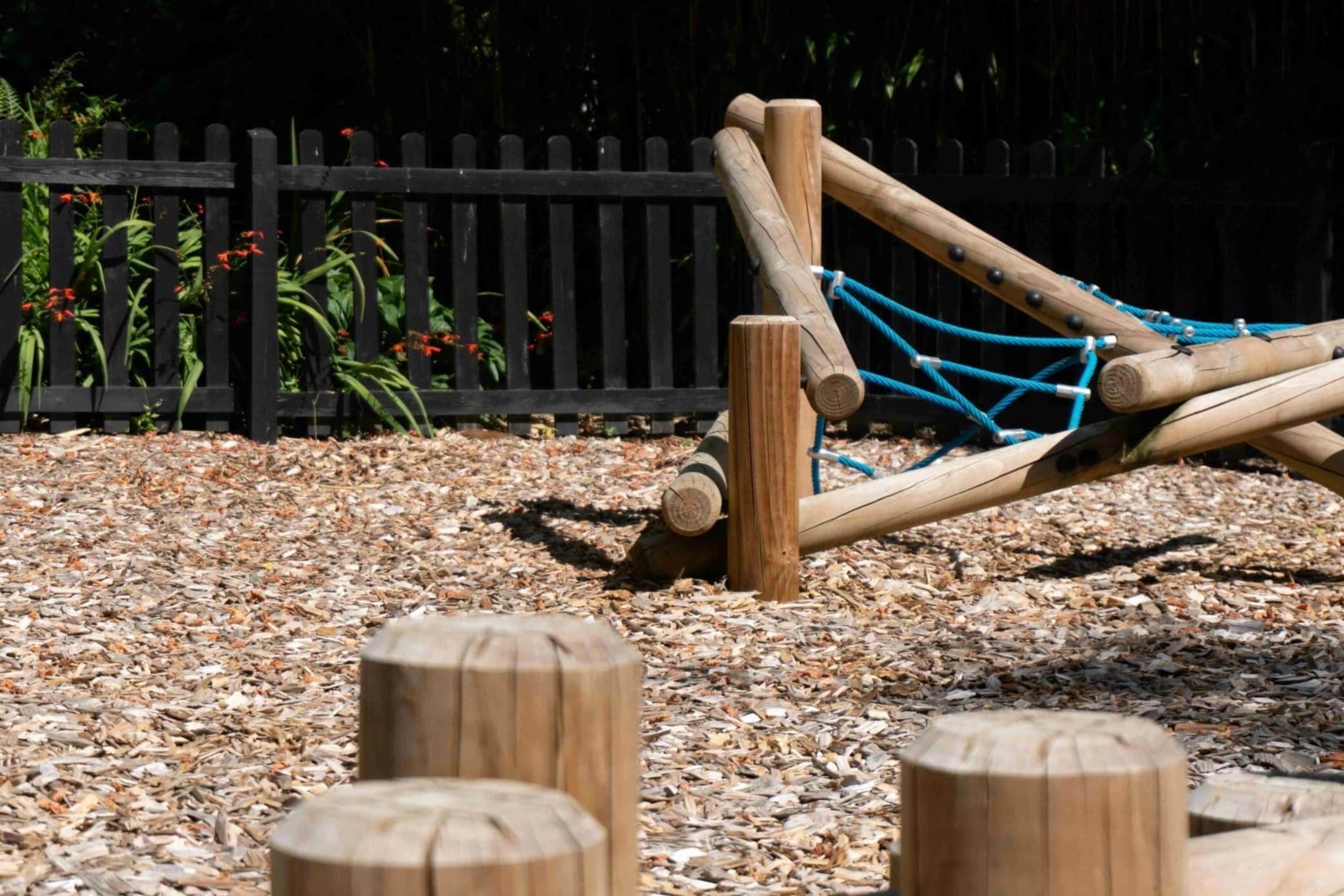

0 thoughts on “How Deep Should I Cover My Kids Play Area In Mulch”